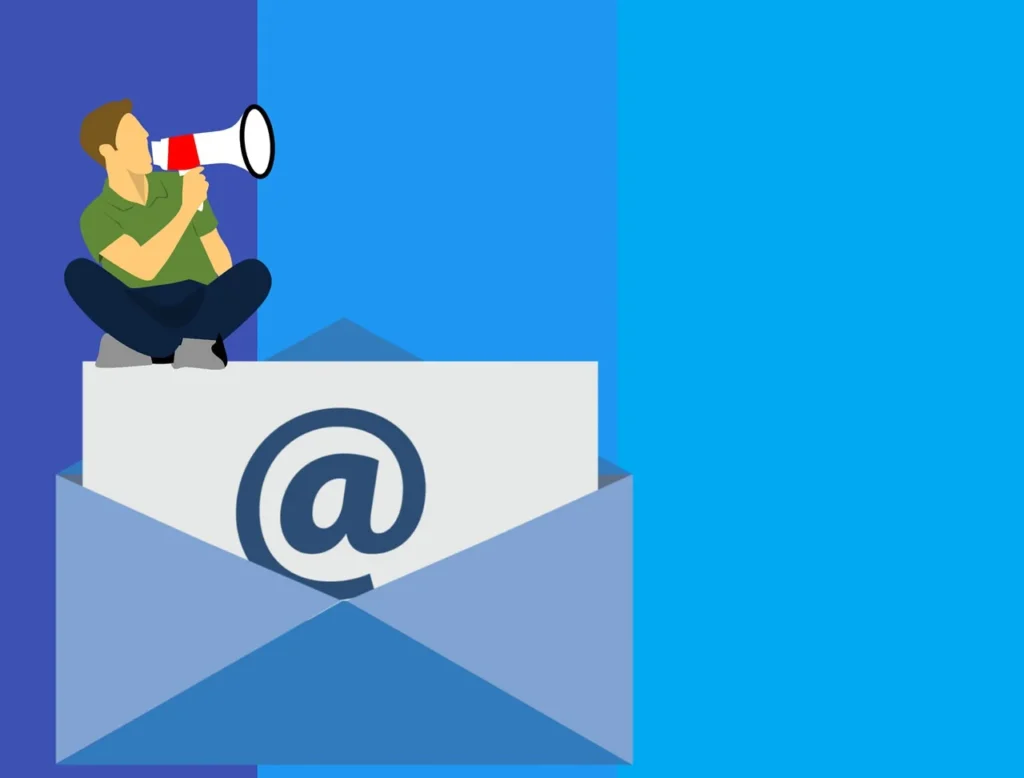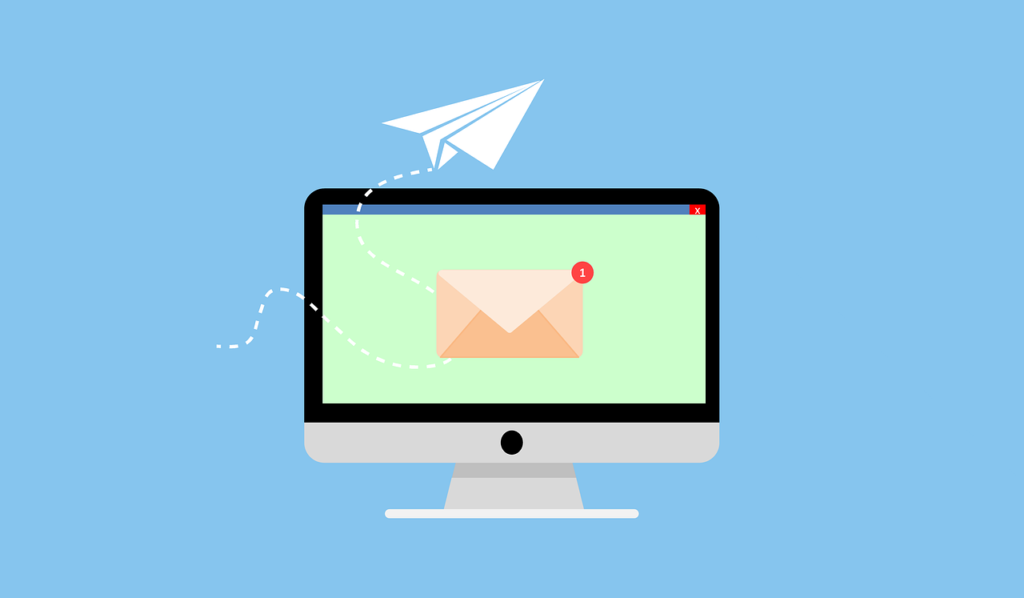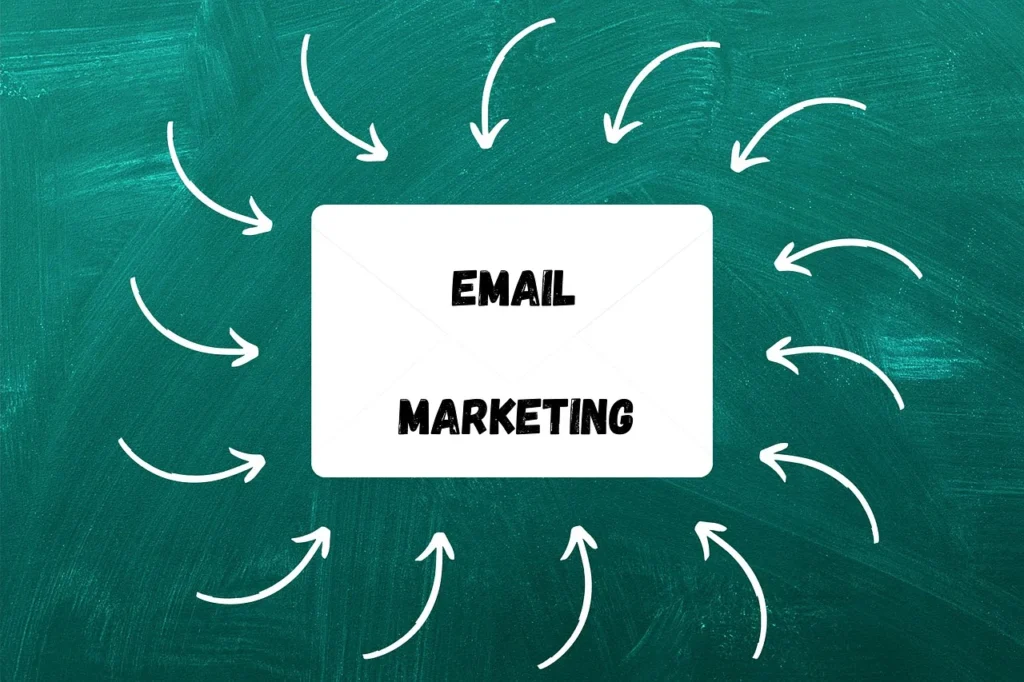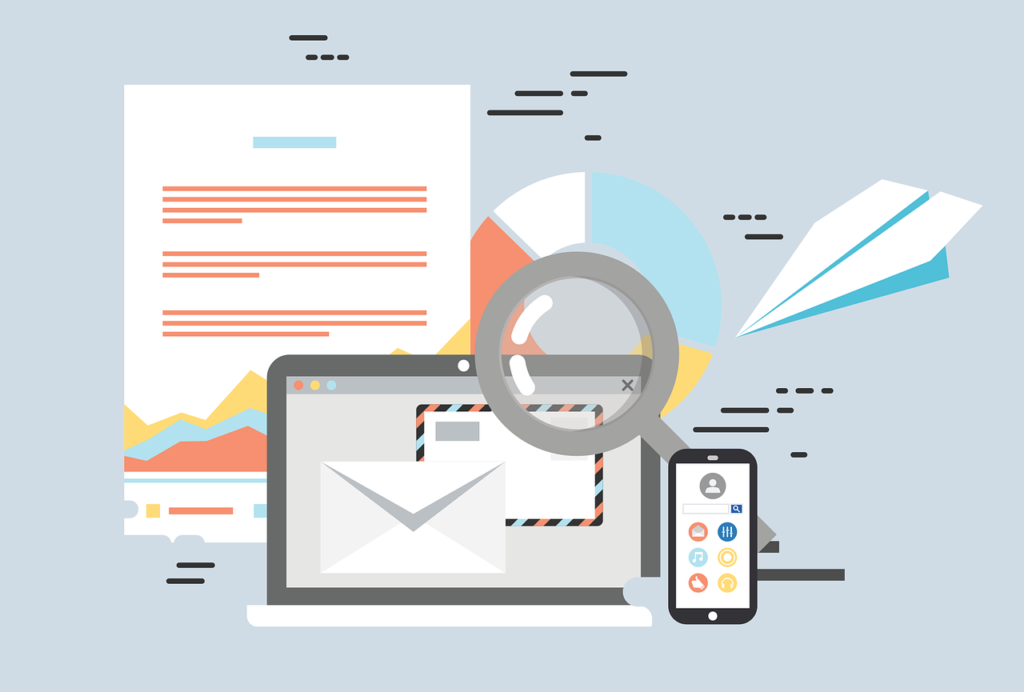Mastering Email Marketing Campaign: Build Your Customer

Creating an Effective Email Marketing Campaign: A Comprehensive Guide Email marketing remains one of the most powerful tools for engaging with your audience and driving conversions. Whether you’re a small business owner, a corporate marketer, or a content creator, an email marketing campaign can significantly enhance your outreach. However, to maximize the potential of email […]
How to Manage Email List: Build and Optimize Your Campaigns

A Complete Guide for Effective Email Marketing Managing an email list effectively is more than just collecting addresses—it’s about creating and nurturing a community of engaged subscribers who trust your brand. Whether you’re just starting out or refining your strategy, proper email list management is crucial for maximizing marketing efforts, improving open rates, and driving […]
Email Marketing Guide for Beginners

Email marketing remains one of the most powerful digital marketing strategies available today. Whether you’re a small business owner, an entrepreneur, or a marketing professional, a strong email marketing strategy can help you generate leads, build customer relationships, and increase conversions. If you’re new to this field, this email marketing guide for beginners will walk […]
Mastering the Email Listing Campaign
A Complete Guide to Building a Profitable Email List In today’s fast-paced digital world, marketing strategies evolve rapidly. However, some of the most effective methods, such as Behavioral Response Marketing, are rooted in timeless principles. One of the most valuable assets any business can have is an engaged email list. An email listing campaign allows […]
How AI Transforms Email Marketing: Personalization, Targeting, and Beyond
Email Marketing AI: Revolutionizing Campaign Strategies Artificial intelligence (AI) is redefining email marketing by enabling advanced personalization, segmentation, and targeting. These AI-driven strategies empower businesses to engage audiences with precision, boosting open rates, click-through rates, and conversions. This comprehensive guide explores how ai transforms email marketing, its benefits, and practical applications for modern businesses. How […]
Effective Email Marketing for Your Business (2025)

Introduction Email marketing is one of the most effective and rewarding strategies to connect with your audience, nurture relationships, and ultimately drive revenue. With every $1 spent on email marketing generating an average return of $40, it’s clear why this powerful tool is indispensable for businesses of all sizes. In this guide, we’ll walk you […]
Autoresponders to Engage Subscribers

Introduction: Building an email list is essential for growing your online business, but simply having a list of subscribers is not enough. To truly maximize your email marketing potential, you need to engage with your audience immediately after they subscribe. This is where autoresponders come in. Autoresponders to engage subscribers are automated emails that are sent to […]
Mastering Email Autoresponders for Business Growth
Introduction: Building an email list is essential for growing your online business, but simply having a list of subscribers is not enough. To truly maximize your email marketing potential, you need to engage with your audience immediately after they subscribe. This is where email autoresponders come in. Autoresponders are automated emails that are sent to your […]
Why Email Marketing is Important: Build a Quality Email List

http://simple-ways-to-grow-email-list-quality-subscribers Building an email list is one of the most powerful ways to grow your business, but not all email lists are created equal. While it might be tempting to focus on growing your list as big as possible, the true value lies in attracting quality subscribers who are genuinely interested in what you have to […]
How to Choose the Best Email Marketing Service Provider

Email marketing is a powerful tool for building relationships with your audience and driving sales. By using an email service provider (ESP), you can easily create and send professional-looking emails to your subscribers. When choosing an ESP,(how to choose the best email marketing service provider) it’s important to consider your needs and budget. Some popular […]

